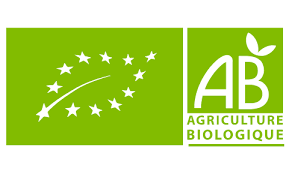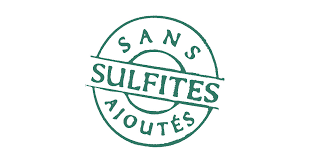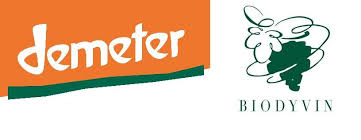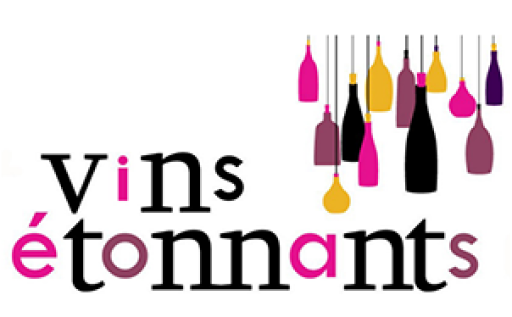Livraison à partir de 9.50€ pour la France !
Franco à 250€ de commande pour le France continentale et la Belgique.
A research assistant AI is now at your disposal!
Please click on the bubble red To access it at the bottom right of the page
 VIN ROUGE
VIN ROUGE
 complexe
complexe
Delivery within 4/5 working days, express by UPS, Chronopost or Fedex at home, on a relay point or by messaging
 Sold by Amazing Wines
Sold by Amazing Wines

Petite Sirah 2013
CB, Applepay, payment in 3 times Klarna, Transfer, Bancontact, CBC, Sfort, Giropay, IDEAL, EPS, Postpay, Maestro, American Express, Landscard, Belfius, Przlewy24 , ...

House founded in 2003

One of the widest selections of the web of authors' wines and craftsmen
Features
La Petite Sirah est un cépage français né accidentellement de la rencontre entre la (grande!) Syrah et le Péloursin. Le docteur Durif l'a repéré et multiplié à la fin du XIXème siècle pour sa résistance au Mildiou (c'est pour cela qu'on appelle aussi ce cépage : Durif). On ne peut pas dire que ce fut un grand succès en France. Ce cépage est surtout connu outre-atlantique, que ce soit aux USA ou au Mexique (dont la célèbre La Cetto).
Ceux qui recherchent les vins riches en polyphénols trouveront ici leur graal : 330 mg/l, soit deux fois plus que le Cabernet Sauvignon.
Le domaine Parducci a été fondé en 1932. C'est la plus vieille winery du comté de Mendocino. Depuis son rachat en 2004 par la famille Thornhill, il s'est orienté vers des pratiques non seulement bio mais écologiques (lagunage des eaux usées par exemple).
Il comprend 135 hectares de vignes dont
64 sont certifiés Biodynamic® (Demeter) & organic (CCOF)
16 ha sont certifiés organic (CCOF) and in transition to Biodynamic (Demeter)
24 sont certifés organic (CCOF) and Fish Friendly Farming
et le reste est en conversion vers organic (CCOF) and Fish Friendly Farming certified Winery Facility
Ce vin est un assemblage de Petite Sirah (95 %) et Zinfandel (5 %) issu des meilleurs lots de chaque parcelle.
Il est élevé 18 mois en fûts de chêne français (25 % neufs)
Dégustation
La robe est pourpre sombre totalement opaque. Le nez intense évoque la crème de fruits noirs (mûre, cerise, prune), le cacao et les épices douces.
La bouche est ronde, de belle ampleur, avec une matière dense et veloutée sans rien qui ne dépasse ou n'accroche. À ce niveau de puissance et de concentration, c'est rarissime et montre un sacré savoir-faire. Le fruit noir règne en maître, pas du tout écrasé par le bois. Il y a également une bonne fraîcheur pour un vin californien. On pourrait aimer plus de folie et de complexité. Gageons qu'elles viendront avec le temps (5 ans ?).
La finale cacaotée/saline dévoile un peu plus les tannins sans qu'ils ne se montrent particulièrement durs. Un vin incontestablement civilisé.
What is an author wine?
This can be so diverse depending on the personality of their sire, that it is easier to define what it is not. An author wine is anything but a standard, stereotypical wine, made to please as many people as possible. It is therefore rarely produced in millions of copies, copying itself from vintage in vintage.
An author wine is therefore a wine that does not look like that of the neighbor. Which from year to year will evolve according to the vagaries of the weather and the mood of the author - the two that can be linked. Because the author does not rely on market studies to carry out his boat. He makes his wine as he feels, as he likes, as he can, sometimes ... and too bad if he does not please everyone.
This is why author wines are sometimes classified as "table wine" or "France wine". Because the winemaker did not plan the authorized grape variety*, makes the assembly or vinification recommended in the name **. He is often a bit rebellious, our author. But that is why we like it! ... That said, author's wines are not systematically marginal: they are present in most of the appellations, and can be part of the elite of these this***. Because they are not content to have personality: they are good, in addition! With in general aDegree of TorchabilityVery high: we never tire of it at the end of the first sip.
As author's wines are not chaptalized, levied, hacked ... They can have very different profiles depending on the vintage. It is up to us (resellers and consumers) to accept them as they are, and to remain faithful to the producers, because they need us to continue their activity.
______________________________
* For example, theTouriga Nacionalin the Minervois, or theSyrahIn Forez ribs. They are crazy, these authors!
** Some winegrowers dare to produceSweety with Mourvèdre or oneNatural sparkling with Pineau d'Aunis
*** Like those of Jean-François Ganevat in the Jura or Zind-Humbercht in Alsace






